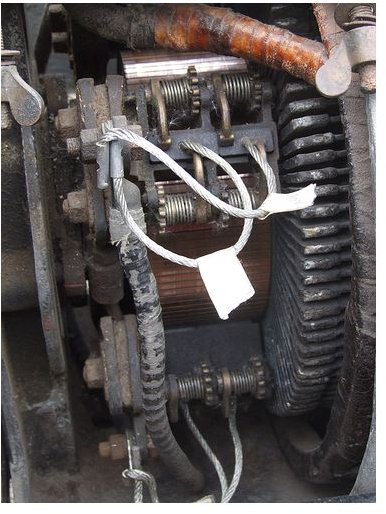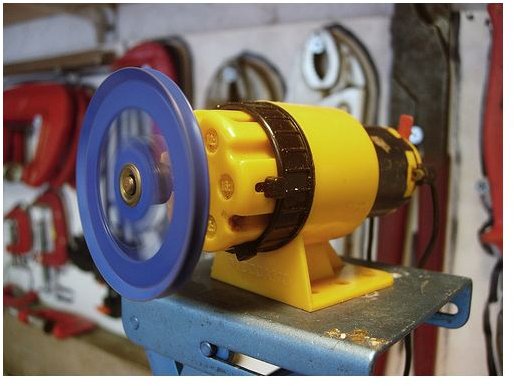Common Causes for Electric Motor Failure - Motor Failure Analysis
Introduction
Electric motors are an essential part of our daily life as many systems, applications, and services depend on them. Motors today have a long service life and require a minimum level of maintenance to make sure that they perform efficiently. In large buildings, motors have to be maintained on a regular basis because they need to be in operation all the time; one small problem could cause a great loss to the organization.
Usually in large organizations, a motor maintenance program is carried out in which the causes of motor failures are identified and some necessary steps are taken to avoid them or lower their impact. Motors need to be inspected regularly, and other maintenance activities need to be performed to ensure efficient operation. Whenever a problem occurs, it should be corrected immediately to avoid further loss.
Common Causes of Electric Motor Failures
There are six main causes of electric motor failures:
- Over-Current
- Low Resistance
- Over heating
- Dirt
- Moisture
- Vibration
These causes are briefly explained below:
1. Over-Current (Electrical Overload): In different operating conditions, electrical devices will sometimes start to draw more current than their overall capacity. This unpredictable event will happen very suddenly and will greatly impact the motor. To avoid an over-current, there are some devices that need to be installed that can prevent it from happening. These devices are usually wired in the circuits and will automatically shut down the extra amount of current flowing in the circuit.
2. Low Resistance: Most motor failures occur due to low insulation resistance. This issue is considered to be the most difficult one to tackle. In the initial stages of motor installation, the insulation resistance is observed to be more than one thousand megaohms. After some time, the insulation performance starts to degrade at an alarming level because the resistance starts to decay gradually. After a lot of research, a solution has been found which can prevent low resistance failures. There are automatic devices that test insulation resistance from time to time and safeguard rotating equipment is installed that prevents such failures. It is important that the insulation performance is monitored at regular intervals.
3. Over Heating Excessive heat in motors can cause a number of performance problems. Overheating causes the motor winding insulation to deteriorate quickly. For every ten centigrade rise in temperature, the insulation life is cut in half. It has been concluded that more than 55% of the insulating failures are caused by over heating.
Over heating occurs due to a number of factors. Every electric motor has a design temperature. If a motor is started off at a bad current value, it starts operating in a much warmer condition than the design temperature. It is very important that the motors should be matched with their ideal current values.
Overheating also occurs when an electric motor is forced to operate in a high temperature environment. This causes the rate at which heat can be conducted to reduce at an alarming rate. The area where electric motors are operating must have a proper cooling system and a ventilation system should be there in case the cooling system stops working.

4. Dirt: Dirt is one of the major sources that cause damage to the electric motors. It can damage the motor by blocking the cooling fan which causes its temperature to raise. It can also affect the insulating value of the winding insulation if it settles on the motor windings. Proper steps should be taken to prevent the motors from dirt. Shielding devices are available which are used for this purpose.
5. Moisture: Moisture also affects the performance of electric motors. It greatly contributes in the corrosion of the motor shafts, bearings and rotors. This can lead to an insulation failure also. The motor inventory should be kept dry all the time.
6. Vibration: There are a number of possible causes of vibration, such as misalignment of the motor. Corrosion of parts can also cause the motor to vibrate. The alignment of the motor should be checked to eliminate this issue.
